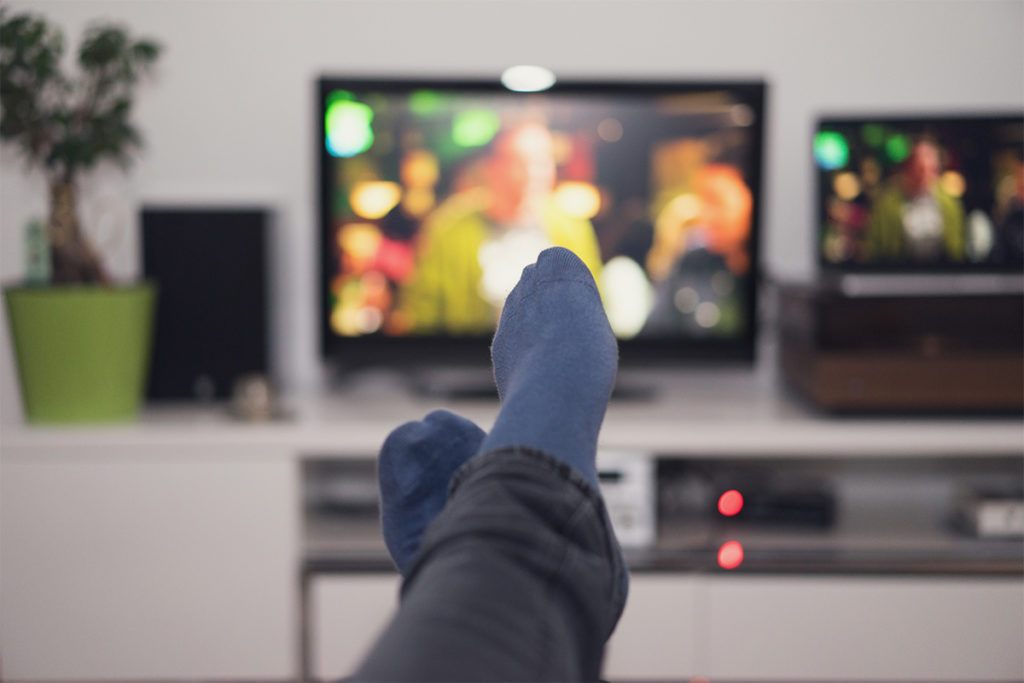High Levels of Inactivity and Distractibility
Research connects cognitive abilities and physical activity levels.

Studies continue to reveal a strong connection between physical activity and brain fitness—and now between inactivity and distractibility. Researchers found that people who sat for longer than 20 minutes at a time were less able to resist distractions and maintain concentration. “Several studies have examined the relationship between different types of sedentary behaviors such as TV viewing and cognitive functions in children and adults,” said lead study author Dominika Pindus, PhD, professor of kinesiology and community health at University of Illinois at Urbana-Champaign. “Few studies, however, have examined the relationship between prolonged sedentary time and cognitive functions.
“Our key finding was that people who spent more time in prolonged sedentary bouts were more easily distracted . . . If you make sure to break up your sitting time with brief bouts of physical activity, could that reduce how distracted you will be? And, if it does, what is driving this effect? This is something we want to explore.”
Find the study in the International Journal of Obesity (2021: doi:10.1038/s41366-020-00734w).
See also: Seeking Relief From Digital Distraction?
Shirley Eichenberger-Archer, JD, MA
Shirley Eichenberger-Archer, JD, MA, is an internationally acknowledged integrative health and mindfulness specialist, best-selling author of 16 fitness and wellness books translated into multiple languages and sold worldwide, award-winning health journalist, contributing editor to Fitness Journal, media spokesperson, and IDEA's 2008 Fitness Instructor of the Year. She's a 25-year industry veteran and former health and fitness educator at the Stanford Prevention Research Center, who has served on multiple industry committees and co-authored trade books and manuals for ACE, ACSM and YMCA of the USA. She has appeared on TV worldwide and was a featured trainer on America's Next Top Model.






